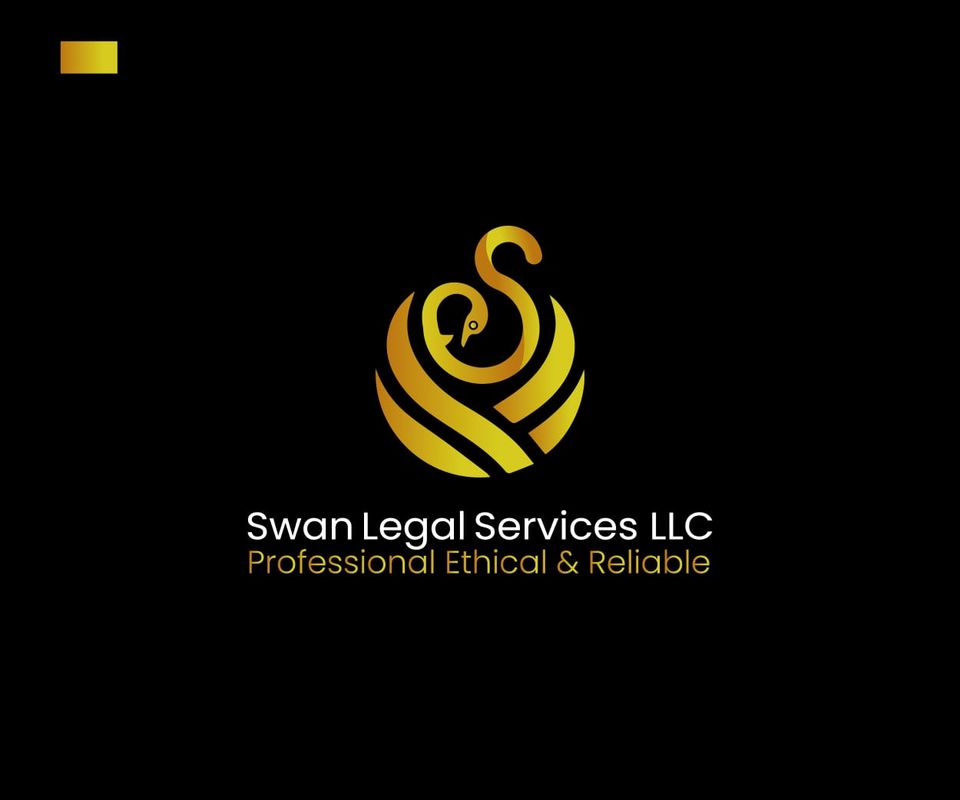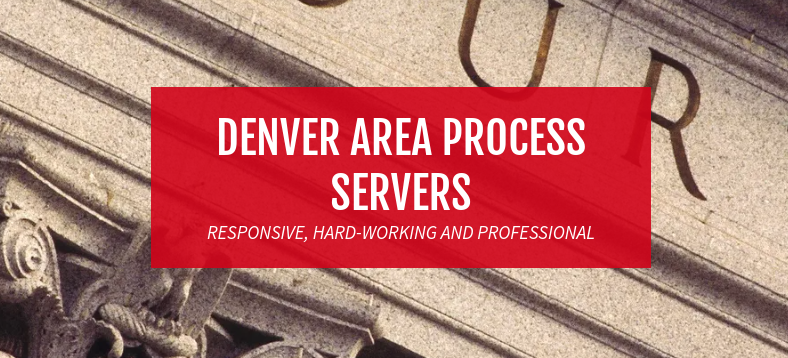Alabama Evictions 5 Steps to follow.
Default for Non-payment of Rent Alabama
Step One: The Termination Notice
Under Alabama law, the first thing you must do is serve, or have served by your attorney, a seven day notice to the tenant stating that if the past due rent, and all applicable charges, are not paid, the lease is terminated after the expiration of seven days from the date of service of the notice. The termination notice is served by mailing it to the tenant and by either personally serving it on the tenant or posting it on the door of the residence. It is absolutely imperative that you not accept rent after the service of the termination notice. If any rent – no matter how small – is accepted, the process has to begin over with a new termination notice. Therefore, if you accept rent after the termination notice is served, make sure that the tenant has paid in full all that is due. The best practice is to accept only a certified check or money order at this point to ensure that there is no problem with the tenant’s check.
If the tenant has defaulted on the lease by failing to comply with any other term of the lease, by committing a criminal act, or by failing to observe the rules of the community, the steps are only different with regard to the type of notice required and what must be shown at trial. In material non-compliance situations, you must serve the tenant a fourteen day notice stating that if condition is not cured, the lease is terminated after expiration of fourteen days from date of service of notice. The notice should describe with as much particularity as possible what the condition is, when it was breached, and what is required to rectify the situation. If condition is not cured (or cannot be cured) after fourteen days, then you must file an unlawful detainer action in court.
Step Two: The Unlawful Detainer Action
If rent is not paid in full within the seven days – and the tenant still refuses to vacate the premises – a landlord other than an individual must have an attorney file the unlawful detainer in District court. The same is true with the material non-compliance situation – if the breach is not cured within fourteen days and the tenant refuses to cure or vacate, then you must file the unlawful detainer action. The unlawful detainer action is the action allowed by law when a tenant who was occupying space pursuant to a lease agreement refuses to vacate after his possessory interest has been terminated due to a breach of some sort, or after the lease has expired. The unlawful detainer complaint is served by posting it on the property and then by mailing it to the property address. The tenant has 7 days to respond to the unlawful detainer by filing an answer in court. The approximate filing fee for an unlawful detainer is $220.00, which will vary according to how many defendants you name and what county your property is located.
If the tenant is no longer physically in the property, but his possessions are, then you still must go through the eviction. Removing personal property from the property without going through the eviction process could expose you to liability for conversion. The test is whether the property left in the premises is of such a nature that a reasonable person would believe the tenant has relinquished possession and would not be expected to come back and claim it. If so, or if you are in doubt, then you should evict. If not, then the property can be considered vacated and abandoned and you may re-take possession. This is a fact determinative situation that must be decided on a case-by-case basis, usually with the advice of your attorney.
Step Three: Taking a Judgment for Possession
If no answer is filed within the seven days, then you are entitled to take a default judgment. This is accomplished by filing with the court an application for default setting forth that the tenant was served with the proper termination notice or the lease has expired, and that the unlawful detainer complaint was served more than seven business days ago and the tenant has failed to respond. There is a $50.00 default judgment filing fee for each defendant. It can take the judge a couple of weeks to get the judgment signed and entered.
If an answer is filed within the seven days, or before an application for default can be filed, then the case will be set for trial. The trial is usually set within one to two weeks of the answer, but is subject to the court’s calendar. At trial, the landlord, or its representative, must appear at court and establish that the landlord now has the superior right to possession of the property. This will be established by introducing the lease agreement into evidence, providing testimony of the breach under the lease agreement – such as a failure to pay rent when due. The tenant will often try to raise various issues as to why rent was not paid. Tenants often cite lack of maintenance to the premises as a justification for withholding of rent. The landlord is protected by the law in this case, as Alabama’s Uniform Residential Landlord Tenant Act is clear that the tenant may not withhold rent if there is a violation of the Act or the lease by the landlord. Instead, there are other remedies the tenant must pursue.
At trial of a material non-compliance case, evidence and testimony must be introduced to prove that the tenant breached the lease by his actions and failed to cure the breach within fourteen days after being put on notice of the breach. It may be necessary to show that the breach committed by the tenant cannot be cured and thus the lease must be terminated for the safety of your community. Can a tenant who sells drugs cure his behavior? Can a tenant who commits an act of domestic violence cure his behavior? Can a tenant who assaults property employees or other tenants cure his behavior? These are questions for the court to decide and will depend on several factors, including the tenant’s past actions, the severity of the actions, and the possibility for rectification.
After the case is tried and it is established that the tenant has failed to pay rent, or has otherwise breached the lease, then the court should award a judgment for possession in the landlord’s favor. Whether a judgment is obtained through default or trial, the tenant will oftentimes still not move. In that case, you must proceed to step four – the set-out.
Step Four: The Set-out
After the judgment is entered, you must wait 7 business days, before you can apply to the clerk’s office to have a writ of possession issued to the sheriff. This writ orders the sheriff to perform a set-out. The fee for issuing a writ of possession is $10.00 in Jefferson County. The sheriff will then schedule a set out according to the weather, their schedule, and how many set outs they currently have to do at the time. The set-out may be scheduled as soon as two weeks, or as far out as six weeks, after the writ is sent to the sheriff’s office. The sheriff’s office in Jefferson County charges you a fee for labor, depending on how much they have to move from the leased premises. Other counties may require you to provide your own labor.
Step Five: Pursuing the Tenant for Money Damages
After the set-out, you should assess any damage to your property and bring a claim against the tenant for back rent, late charges, attorney fees (if applicable), and damages to your property. The inspection of the property should occur immediately after the set out or voluntary vacation by the tenant, as the case may be. If there is damage to the premises, you should always take pictures of the damage so that the amount and nature of the damage can be proven to the court.
Receipts for any repairs to the premises should also be kept and documented as proof of damages. In Jefferson and Shelby Counties, carpet is amortized according to a seven year schedule. For example, if the tenant moves out and the trashed carpet has to be replaced but was seven years old or more, then none of that expense can be charged to the tenant. If the carpet was less than seven years old and has to be replaced, then a percentage of the cost is charged to the tenant equivalent to the life left on the carpet when amortized over the seven year period.
The law requires you to apply the security deposit to any damages to the property, but also to any unpaid accrued rent when the property is vacated. The Uniform Residential Landlord Tenant Act is very specific about how you have to deal with any amount of the security deposit left after proper application to charges and accrued rent. You should consult your attorney if you have any questions about how to handle a security deposit.
If the money damages, including back rent, charges, fees, and property damages, are less than $10,000.00, then you may pursue a judgment for money damages in the District Court. If the amount is greater than $10,000.00, you must file an action in the Circuit Court. You then must proceed as normal to take a money judgment against the tenant for the amount of damages awarded by the court. Collecting the money judgment is covered in a separate article.
Conclusion
Although the process seems lengthy, there are well defined steps that, when followed, will lead to an orderly recovery of your leased property. Your attorney can lead you through these steps as necessary depending on your particular situation.
Here are the steps in summarized form:
1. Serve Termination Notice.
2. Serve Unlawful Detainer.
3. File for Default Judgment or try case to judgment.
4. Apply for writ to sheriff’s office for set-out.
5. Retake possession of property and assess property for damages.
6. Seek money damages in court for all past due rent, charges, attorneys’ fees and property damages.
7. Collect money judgment.
Tags: Alabama Eviction Articles












